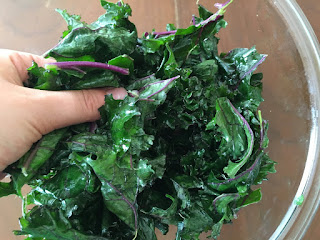An Interview with Powerhouse Juice
Located opposite of the brick wall, Powerhouse Juice brings fresh, delicious, locally sourced organic juices to the Medford Famers Market and beyond.
They have a storefront in Mill No.5, and you can see them at their website at http://www.powerhousejuice.com/
Kate M interviewed the owner and founder, Heather, on June 16th.
K: How long has PowerHouse Juice been running?
”We started last May, so a little over a year now."
K: How did the company get started?
Heather: ”I have always wanted to start my own business. I did a lot of juicing at home and have always loved food, so it just sort of started."
K: What is your favorite part of being an entrepreneur?
Heather: ”Hmm. Let's see. It's a lot of work! Once you see growth, and you see people reacting to what you do, it just makes you want to do more. The emotional payoff is really good."
K: How did you get the flavors right?
Heather: ”We are always trying new things and a lot of trial and error. We are constantly trying to improve our juices and come up with new ones."
K: How much would you say the company has grown since it started, and what are your goals for growing in the future?
Heather: ”Last year we were selling at 7 farmers markets, and now we are selling at 18. We also sell at Mill no. 5 in Lowell, which is really cool and I highly recommend checking it out. I would love to get a bigger storefront in the next 2-3 years."
K: How many people are working for PowerHouse Juice?
Heather: ”Just me and my Husband. I started it with working full time, and then he started helping. We are now working together."
K: What do you do with the pulp?
Heather: ”Aha! We give it to a pig farm. The farm is called Burnshirt farm in [MA somewhere] so all parts of the plants are used. Nothing goes to waste.”
K: What good about juices?
Heather: ”The average American gets very little fruits and vegetables, so juice is like a multivitamin. You get all those nutrients in one juice."
















